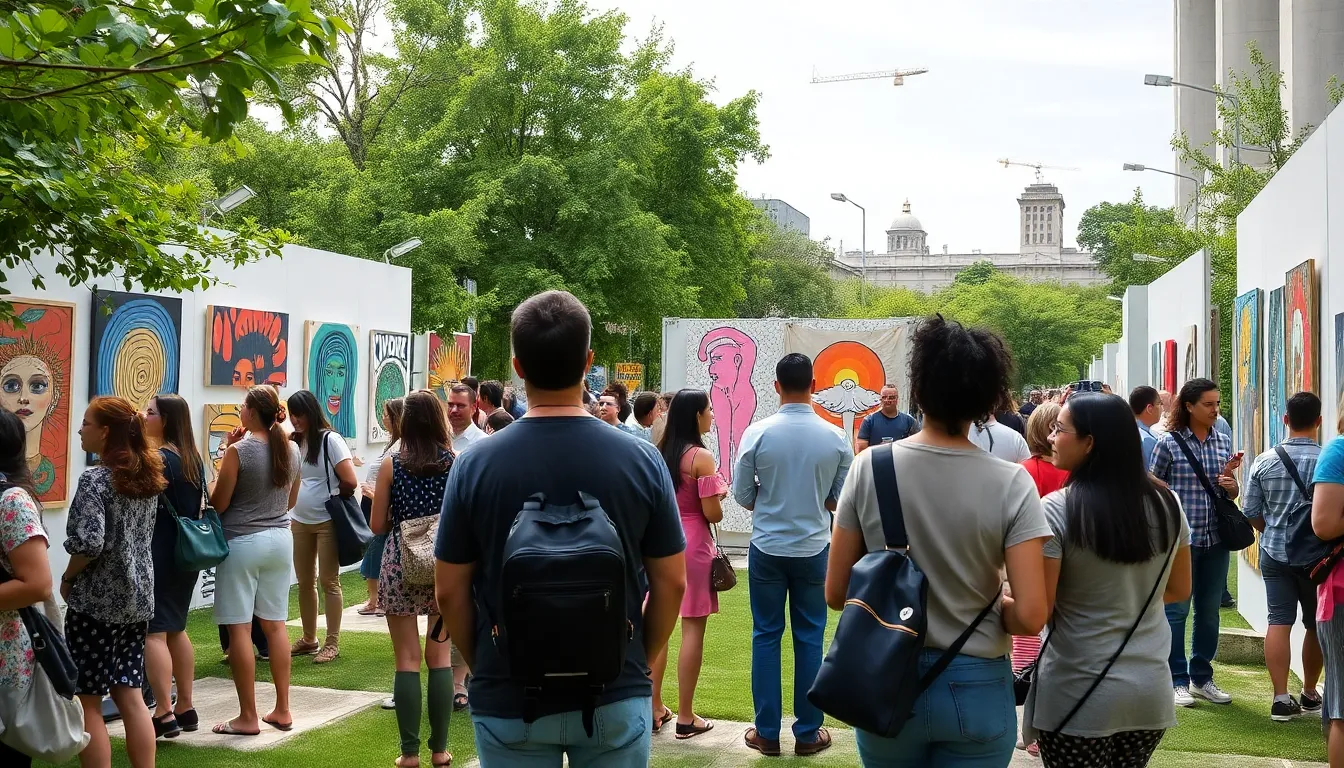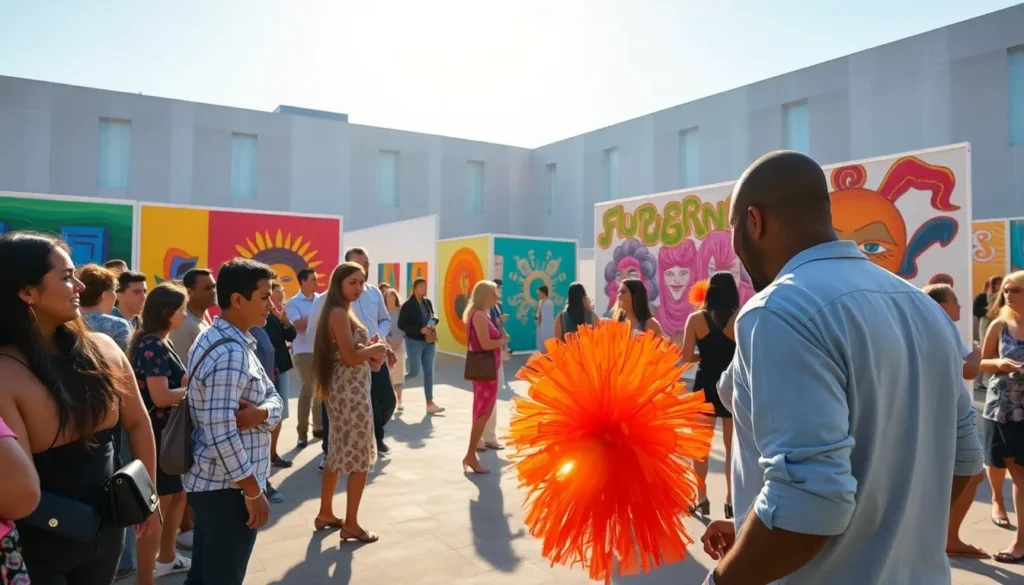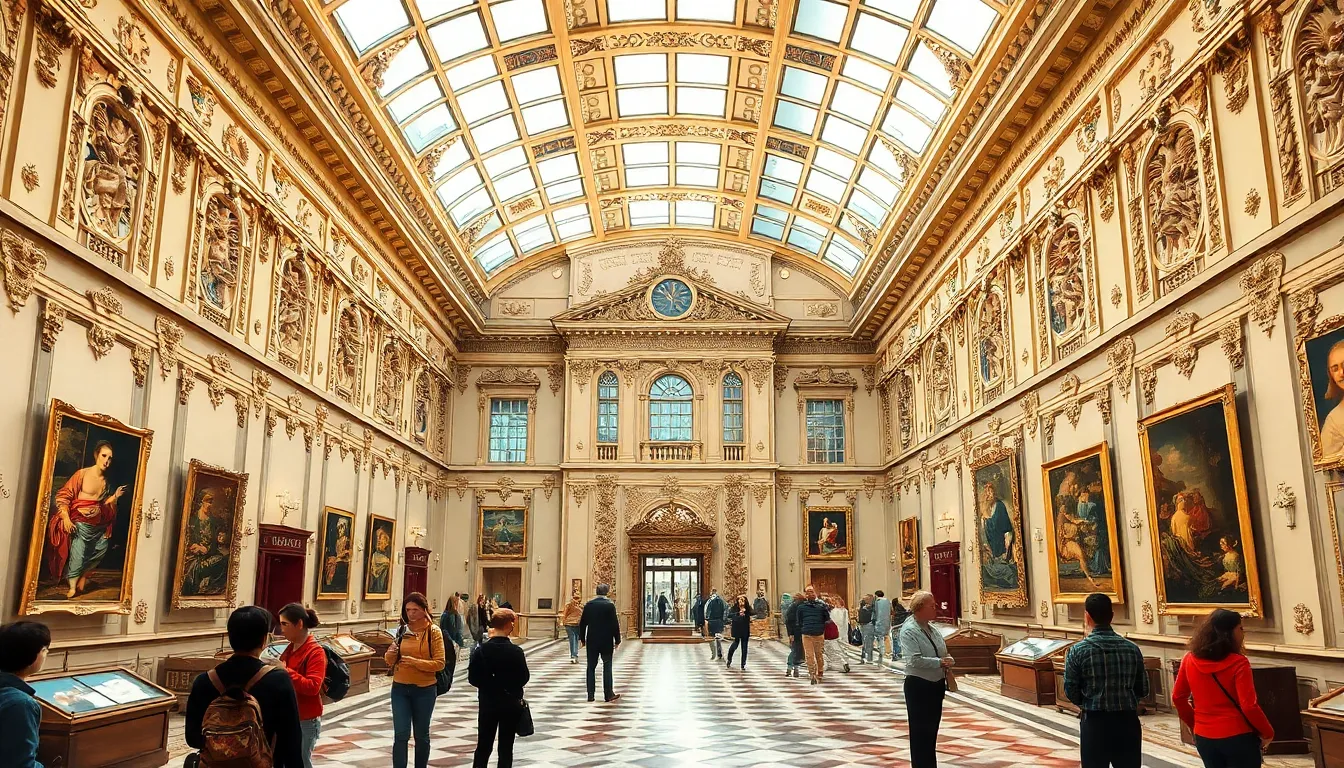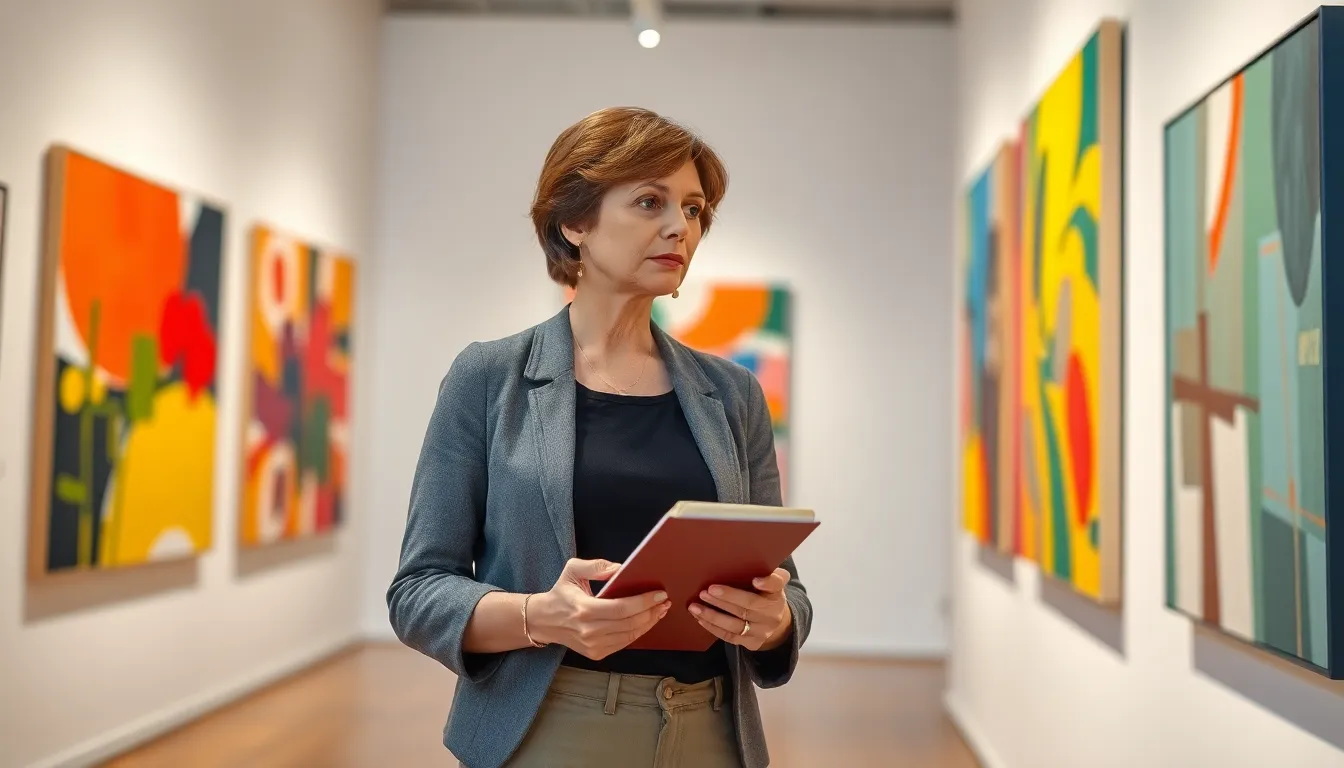Table of Contents
ToggleIn a world where creativity knows no bounds, art institutions are the vibrant heartbeats of culture and innovation. They’re not just places to admire paintings or sculptures; they’re dynamic hubs where ideas collide, and the unexpected happens. From groundbreaking exhibitions to quirky artist residencies, these institutions keep the art scene buzzing with excitement.
Overview of Art Institution News
Art institutions continuously adapt to the evolving cultural landscape. Recent events highlight their role as catalysts for creativity and innovation.
Recent Developments
Many art institutions recently launched initiatives to engage diverse audiences. The Guggenheim combined technology with art through virtual reality experiences, allowing visitors to immerse themselves in contemporary pieces. Innovations at MoMA included a series of workshops aimed at underrepresented artists, fostering new talent. Additionally, the Whitney Museum introduced an outdoor exhibition series, capitalizing on public spaces to showcase modern art. These developments reflect a commitment to accessibility and inclusivity within the art community.
Major Announcements
Significant announcements have marked the art world recently. The Tate modern received a $10 million grant dedicated to expanding educational programs focused on young artists. This investment aligns with their mission to promote creativity and learning. The Louvre announced a collaboration with various international museums, aimed at creating traveling exhibitions featuring cultural heritage artifacts. Such collaborations enhance cross-cultural dialogue and broaden audience reach. Various institutions continue to prioritize sustainability, with plans for eco-friendly practices in upcoming exhibitions. These announcements demonstrate a proactive approach to relevant cultural issues.
Spotlight on Notable Institutions

Art institutions continue to push boundaries, showcasing innovative projects that resonate with diverse audiences. Their efforts contribute to the cultural fabric, engaging communities and expanding access to artistic experiences.
Institution A
The Guggenheim leads the way with its virtual reality experiences, offering immersive environments that enhance viewer engagement. An impressive range of multimedia presentations allows audiences to explore art beyond traditional formats. These initiatives invite visitors to interact with artists in new ways, encouraging participation and exploration. The Guggenheim’s commitment to inclusivity has resulted in programs designed to attract a broader spectrum of attendees, making art accessible to all.
Institution B
MoMA’s recent workshops target underrepresented artists, providing essential resources for creative development. Programming that fosters collaborations between established and emerging talents helps build networks within the art community. Innovative mentorship opportunities ensure that diverse voices receive recognition and support. With a focus on education, MoMA effectively nurtures the next generation of artists, contributing significantly to the cultural landscape.
Institution C
At the Whitney Museum, outdoor exhibition series showcase artists’ works in dynamic settings, connecting them with the public. Creative installations in public spaces invite spontaneous interactions and foster community engagement. Recent highlights include partnerships with local artists to amplify contemporary dialogues within urban surroundings. The Whitney’s dedication to sustainability reflects a proactive commitment to addressing current cultural challenges, positioning it as a leader in environmental awareness within the art sector.
Trends in the Art World
Art institutions adapt to shifting trends, reflecting dynamic changes in creative expression. Two notable trends are emerging art forms and evolving funding models.
Emerging Art Forms
Digital art continues to gain traction, with artists exploring virtual reality and augmented reality. These mediums invite new experiences, shifting traditional boundaries within the art world. Artists are also incorporating performance art and multimedia installations, creating interactive works that engage viewers in unprecedented ways. Noteworthy exhibitions often showcase this evolution, as seen at the Guggenheim, where immersive experiences captivate audiences. New platforms like online galleries further support these trends, fostering accessibility and global reach.
Changes in Funding and Support
Funding models are transforming, highlighting diverse sources of financial support. Private donations play a crucial role, but public funding remains significant in sustaining initiatives. Institutions are increasingly pursuing innovative partnerships with corporations and foundations, enhancing their resources. Crowdfunding campaigns also emerge as viable options, allowing artists and institutions to connect directly with supporters. Grants, like the recent $10 million award at the Tate Modern, illustrate the commitment to educational programs. This shift ensures that institutions can invest in inclusive projects and foster artistic innovation effectively.
Impact of Digital Media
Digital media significantly transform how audiences engage with art institutions. Recent advancements have facilitated access to art through multiple innovative formats.
Online Exhibitions
Online exhibitions expand the reach of art beyond physical walls. Institutions like the Guggenheim offer virtual experiences that showcase diverse art collections. Viewers can access curated exhibitions from anywhere, breaking geographical barriers. These platforms feature interactive elements, allowing audiences to delve deeper into the art’s context and significance. Additionally, institutions are offering audio guides and artist interviews, enhancing the viewing experience. This incorporation of technology fosters greater involvement and appreciation for the arts among a broader audience.
Virtual Tours
Virtual tours offer immersive experiences that simulate in-person visits. These digital explorations provide viewers with the chance to navigate galleries at their own pace. Many institutions, such as MoMA and the Louvre, have developed engaging virtual tours that highlight key artworks and their histories. Interactive features, such as 360-degree views, enhance the overall experience by allowing users to engage with the space freely. Moreover, these tours remain accessible to people who may face challenges visiting physical locations, reinforcing the commitment of art institutions to inclusivity.
Art institutions are continually evolving to meet the demands of a diverse and dynamic audience. By embracing innovative technologies and inclusive practices, they create engaging experiences that resonate with a broader public. The commitment to accessibility and sustainability reflects a forward-thinking approach that not only enriches the cultural landscape but also ensures the future of art remains vibrant and relevant.
As these institutions adapt to emerging trends and shifts in audience engagement, they play a crucial role in fostering creativity and encouraging new forms of artistic expression. The ongoing developments within the art world promise exciting possibilities for both artists and audiences alike, paving the way for a more interconnected and inclusive cultural experience.



